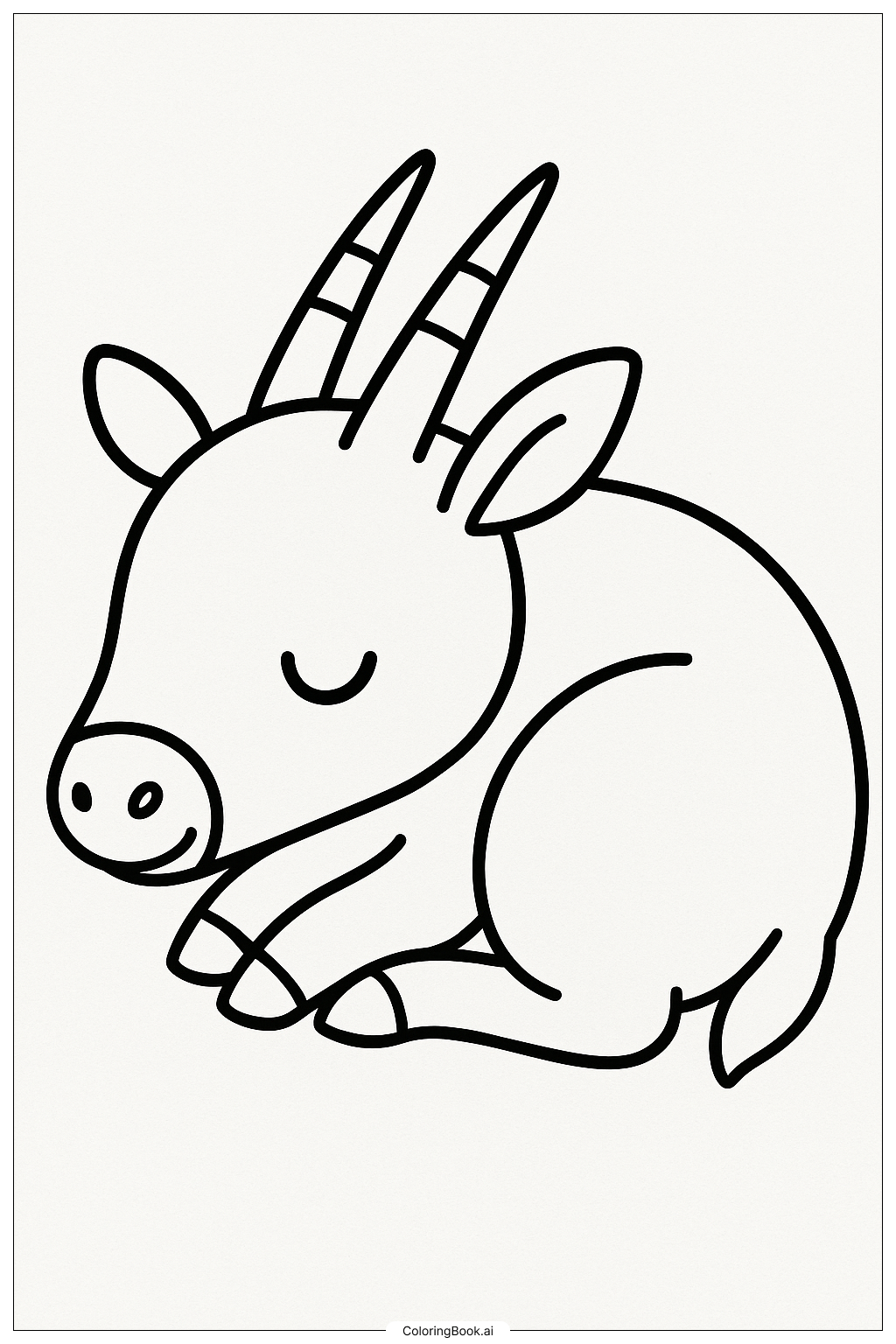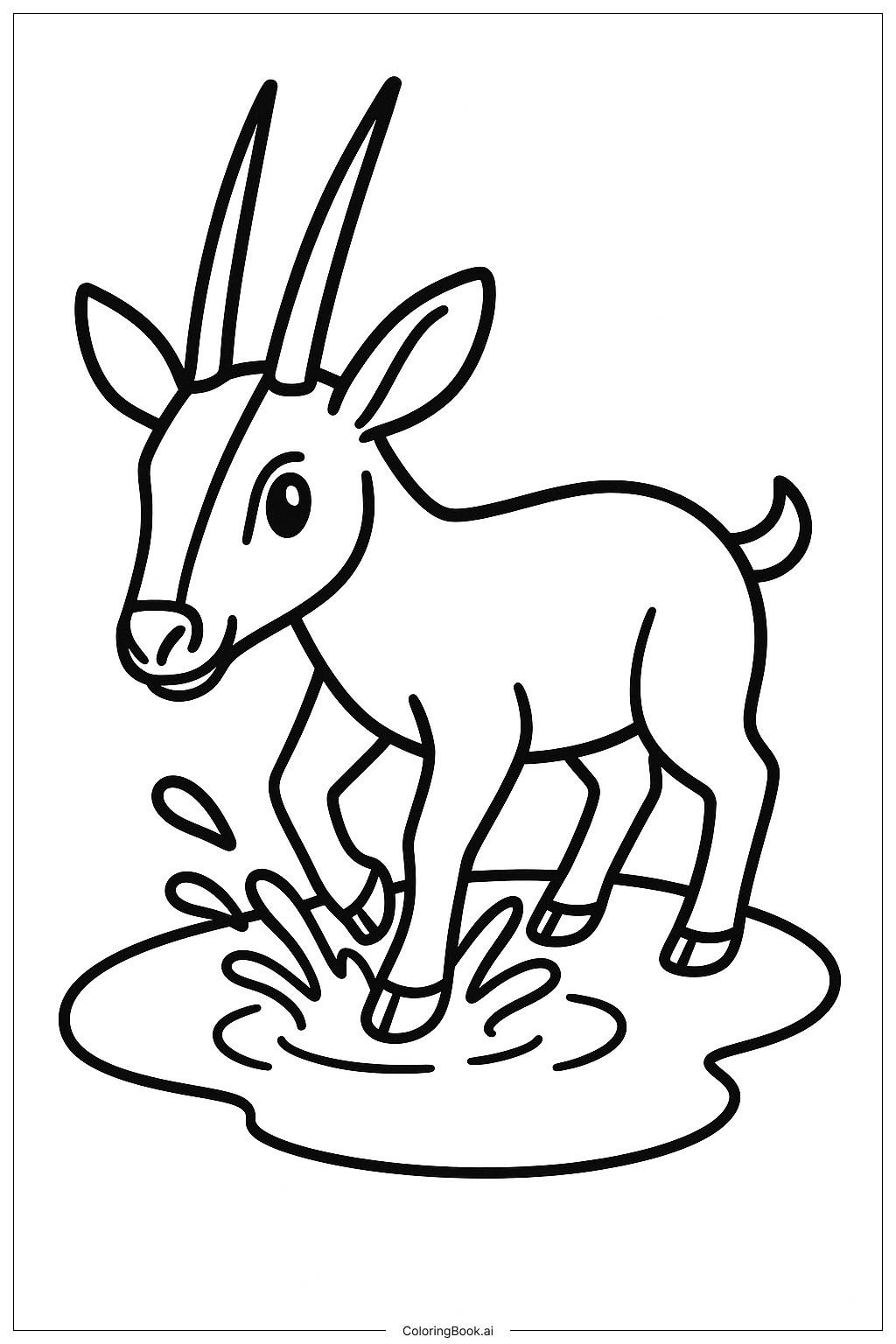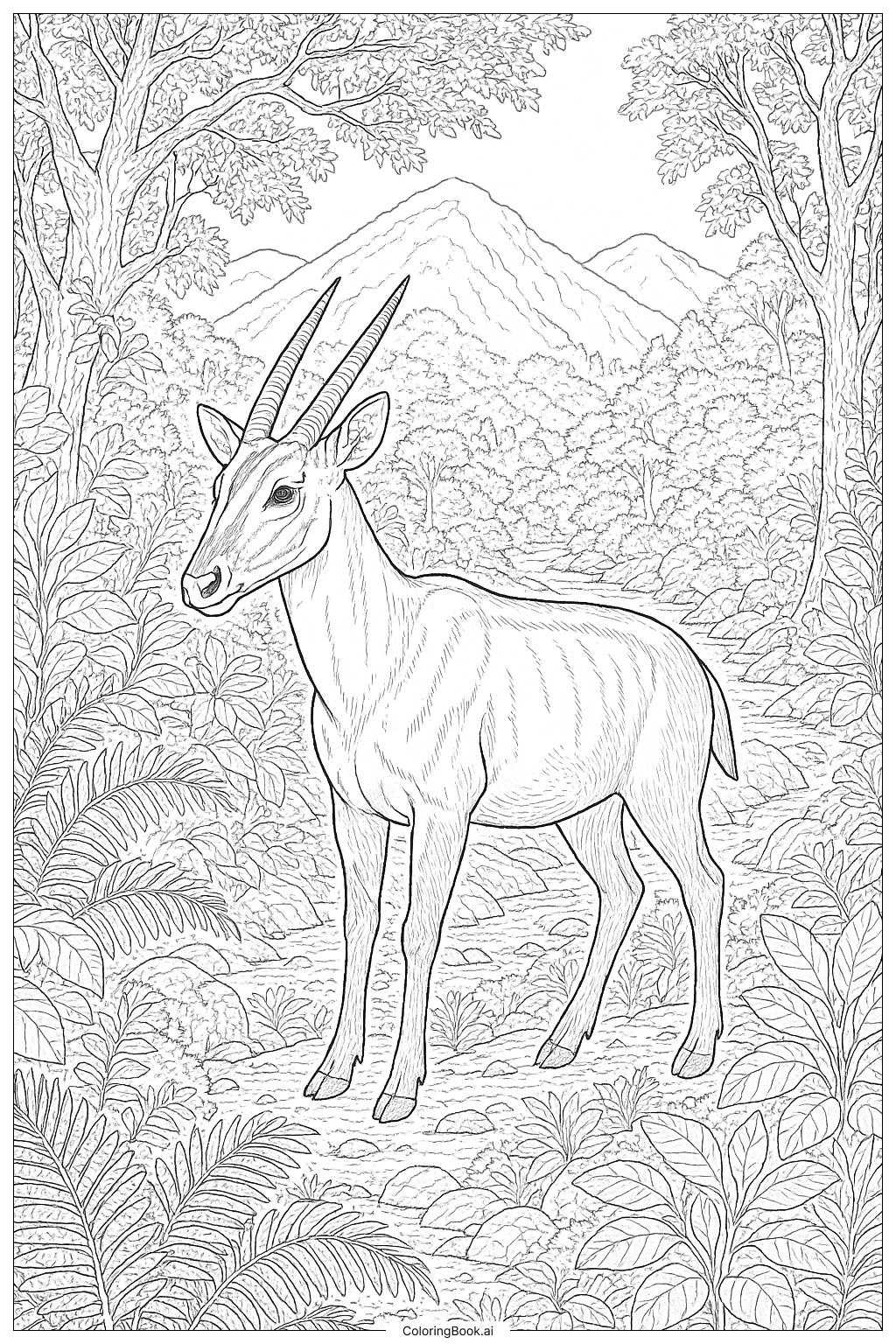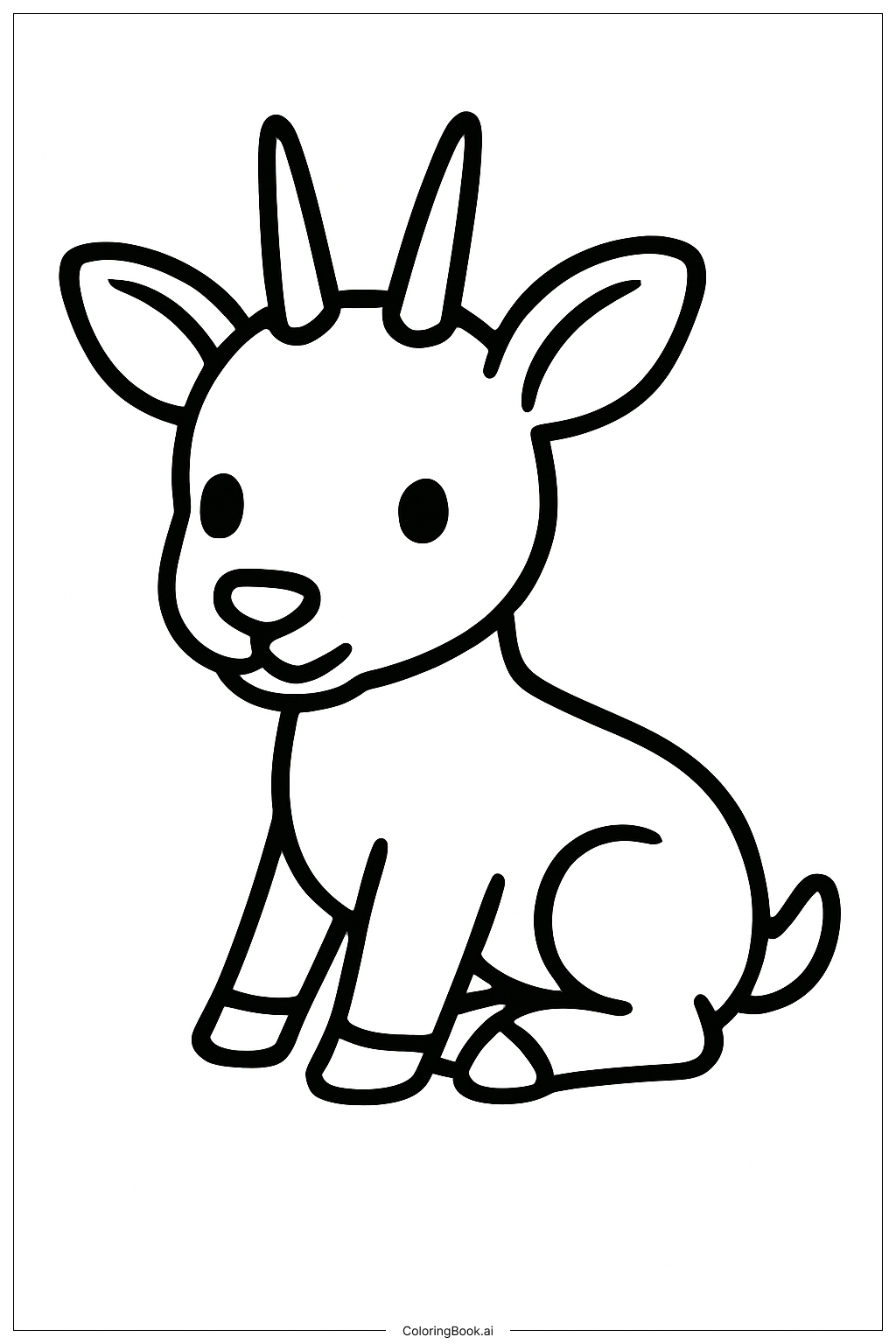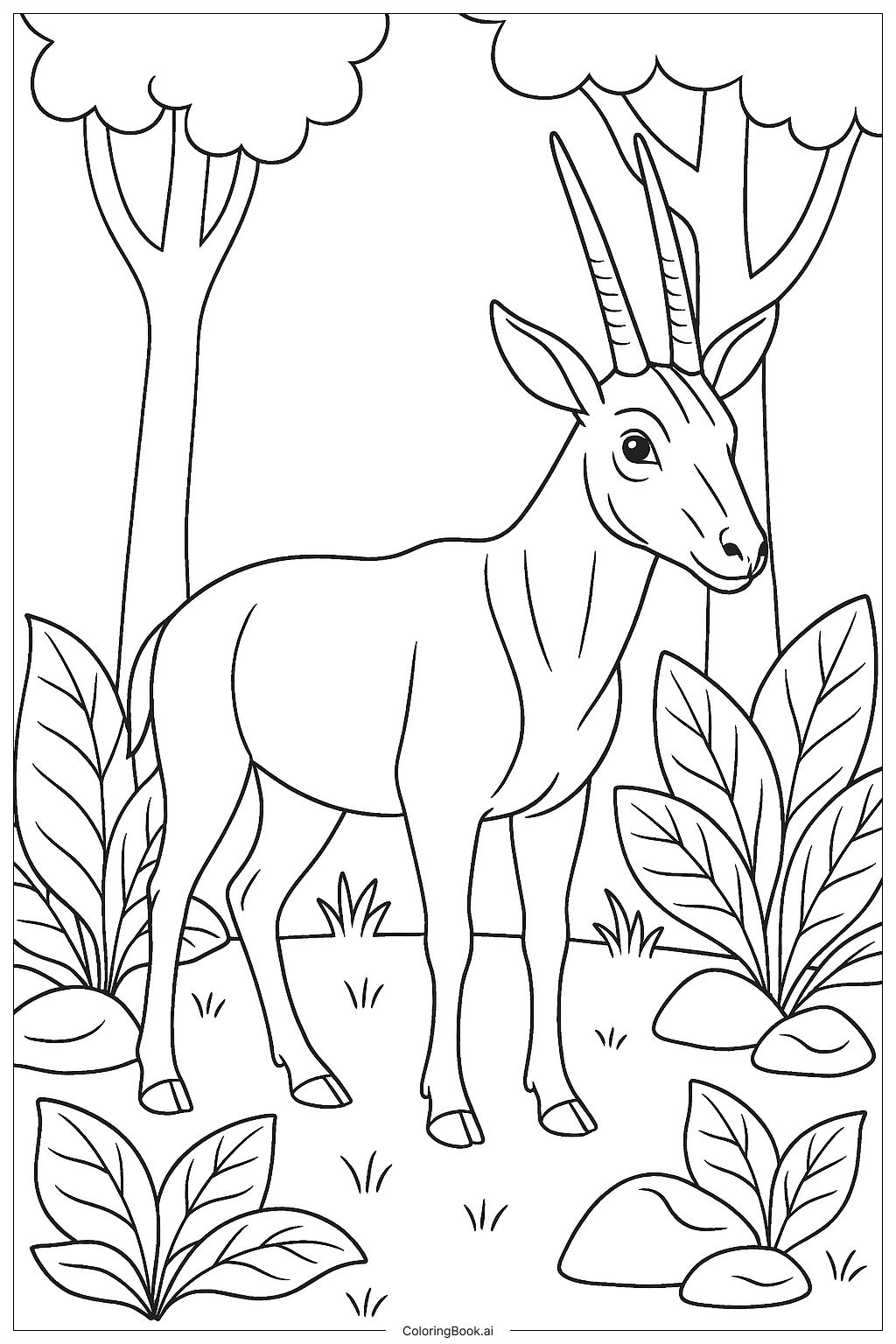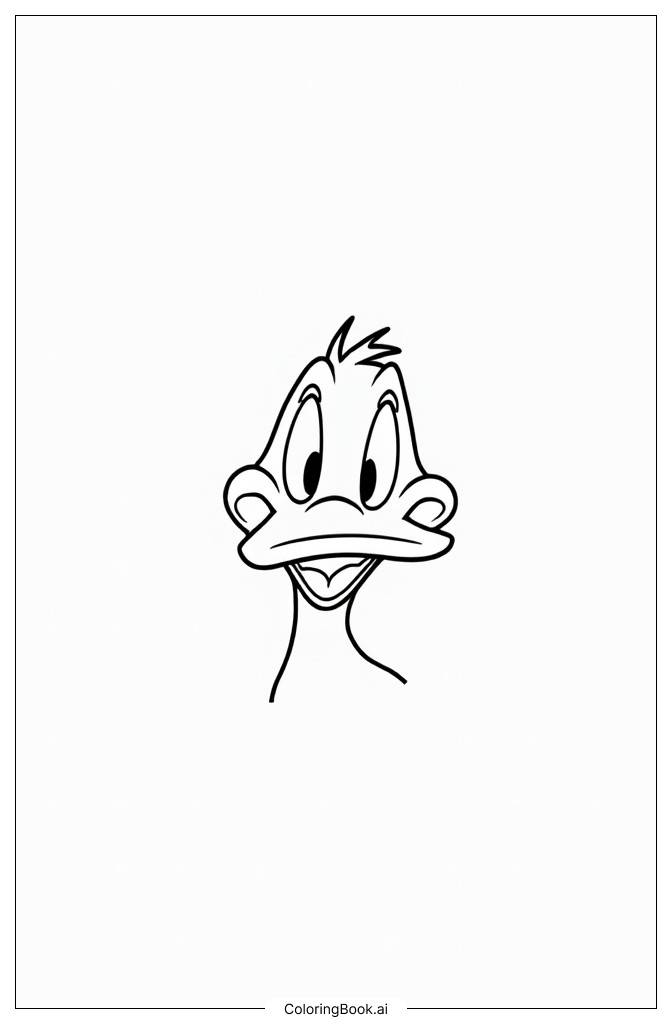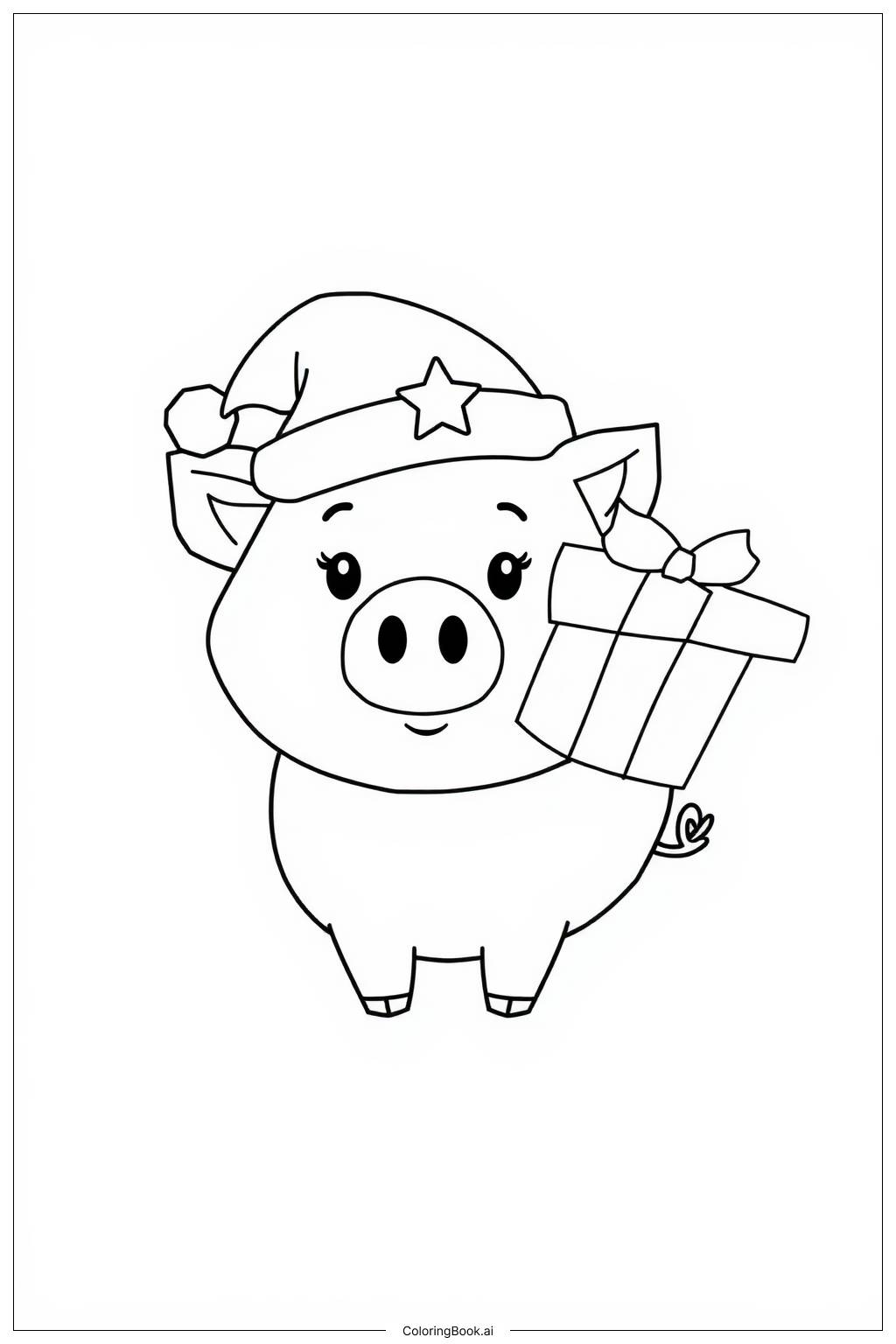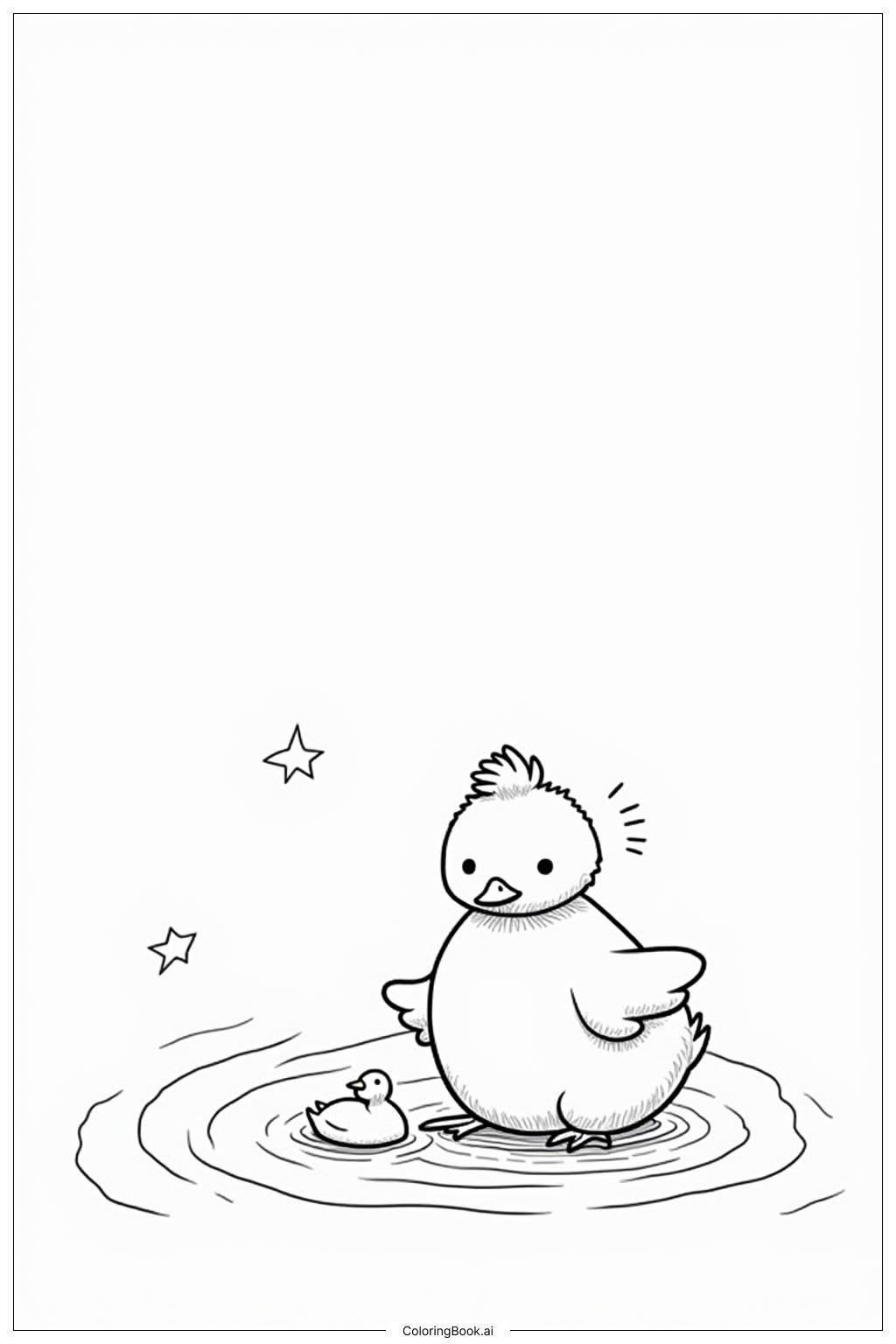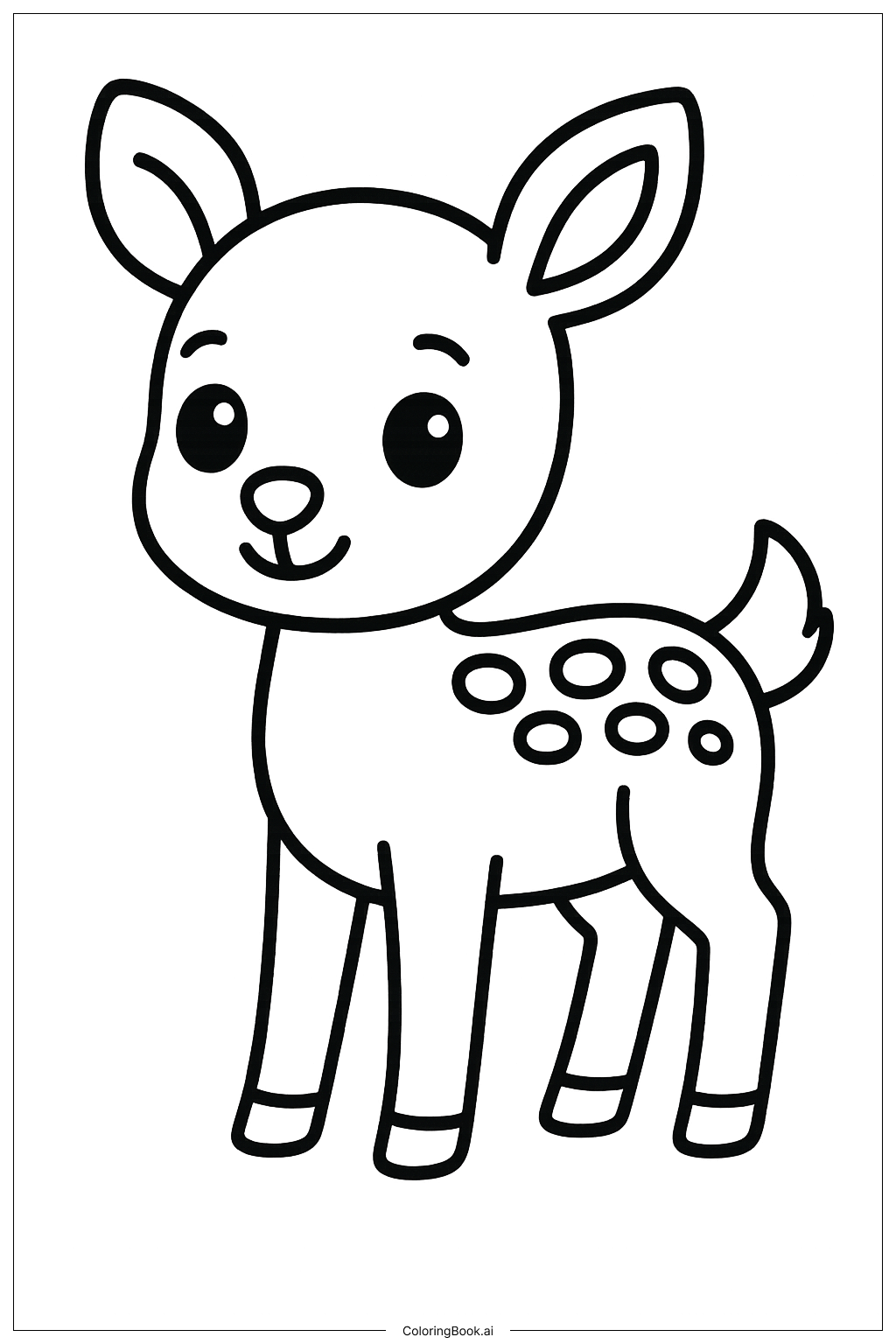Coloring tips: How to color A Sleeping Saola Curled Up coloring page well?
Use soft, natural colors for the saola to make it look realistic. Browns, blacks, and white can work well for the body and face. You can color the horns a slightly darker shade or gray to show their strong texture. Try using light shading to give the curled body some depth, showing where the legs overlap or tuck in. For the ears, use a warm tone like light brown or pink inside to add contrast. You can also add a gentle background color, like green for grass or light blue for the sky, to give the saola a natural habitat feel.
Coloring challenges: Which parts are difficult to color and need attention for A Sleeping Saola Curled Up coloring page?
1. Coloring inside the small areas like the nose holes and the ears can be tricky for younger children because of the limited space. 2. The curled-up shape has overlapping body parts, which might confuse color placement and shading. 3. The horns have lines dividing them; keeping these parts neat needs careful attention. 4. Adding depth with shading on a simple line drawing requires some practice to make the animal look more three-dimensional. 5. Choosing natural but appealing colors might be challenging as the saola is not a common animal color reference.
Benefits of coloring books: Advantages of drawing A Sleeping Saola Curled Up coloring page
Coloring this picture helps children practice staying inside the lines, especially with the small details like the horns and ears. It encourages using different shades to show light and shadow, which builds their understanding of depth in art. The peaceful scene inspires calmness and focus. Coloring a rare animal like the saola also helps build curiosity about wildlife and the importance of nature. This activity is a fun way to improve fine motor skills and creativity.
